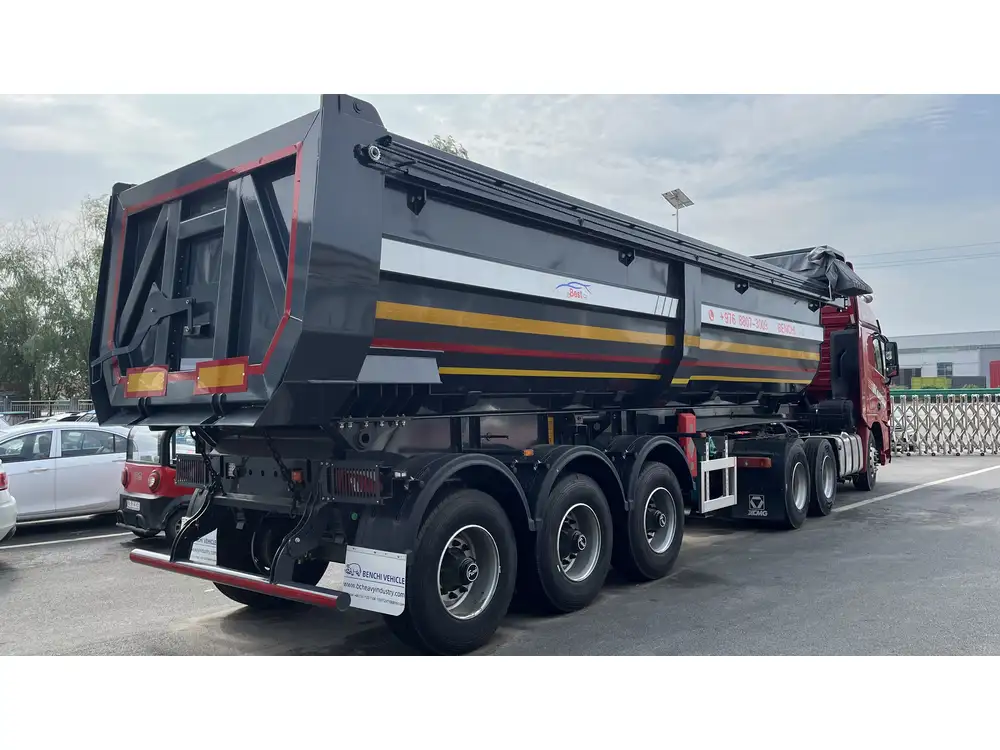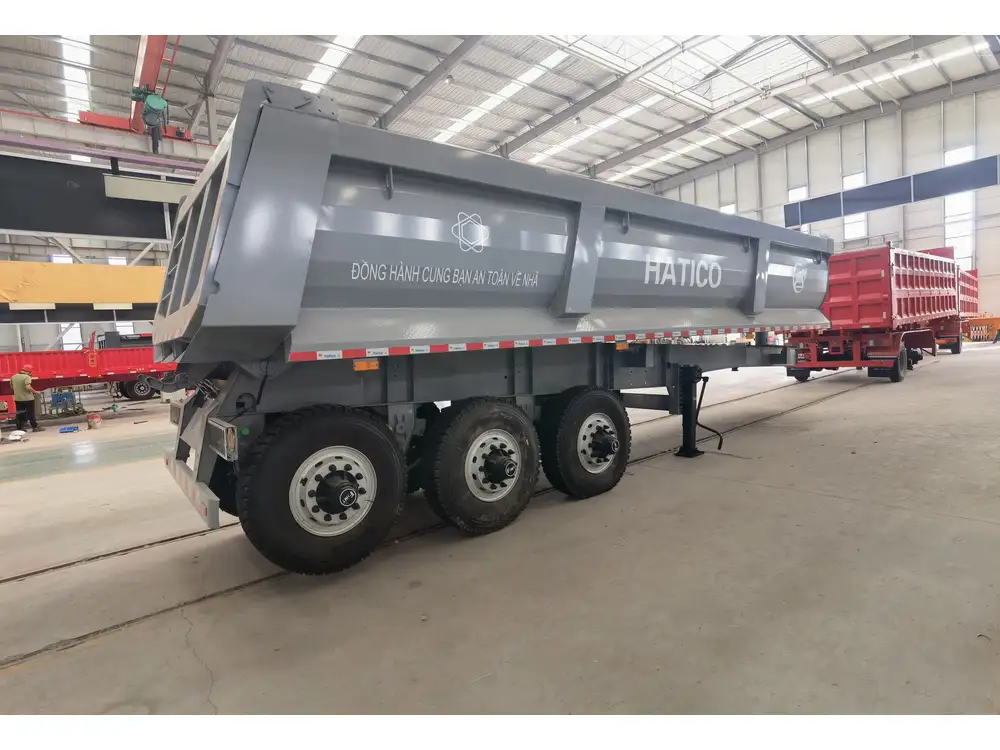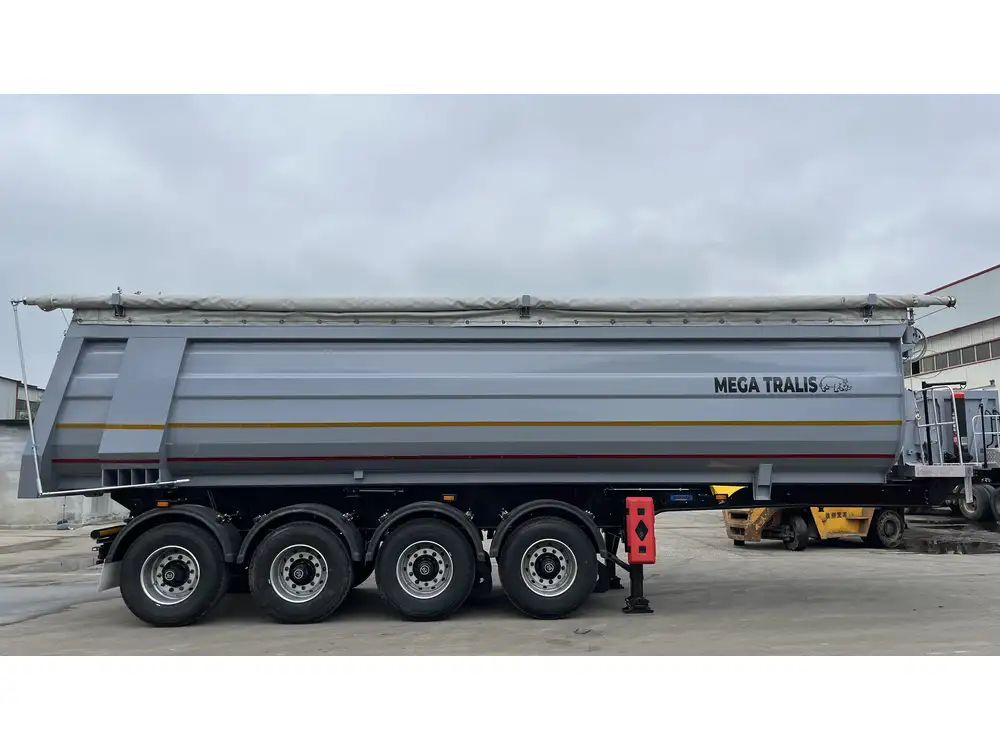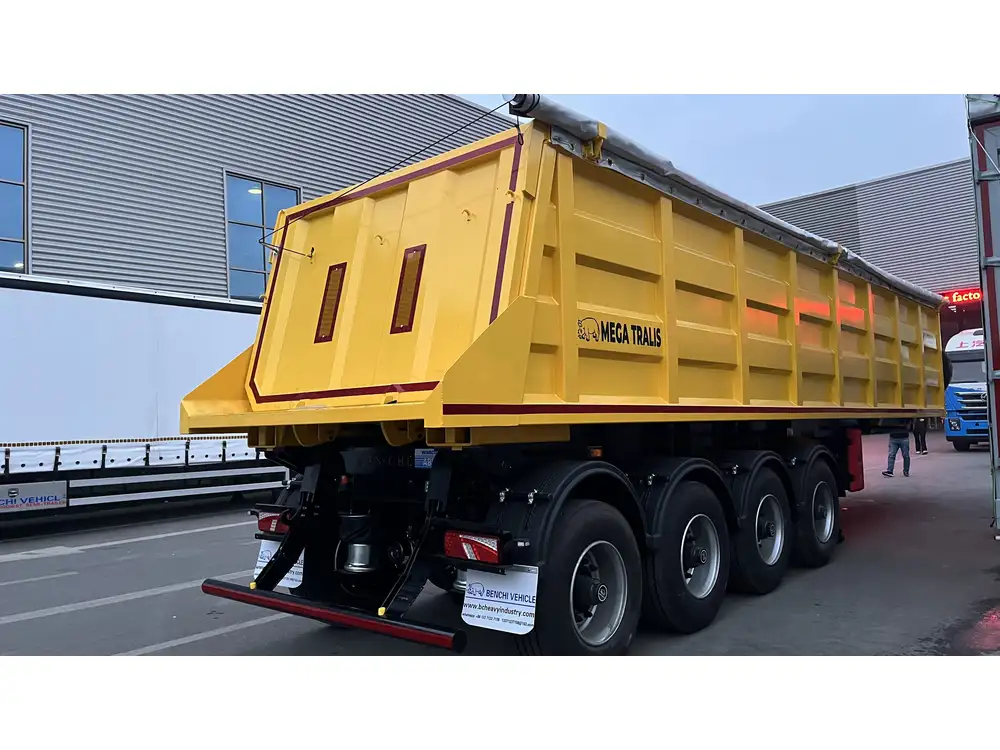When navigating the diverse terrains of outdoor adventures, particularly in a Trail Runner RV, understanding the intricacies of your grey tanks is essential. Owners often ask, “What do the two grey tanks do on my Trail Runner?” This article dives into the core functions, maintenance tips, and optimization strategies for these vital components. By discerning the nuances of your RV’s plumbing system, you can enhance your overall travel experience, ensuring comfort and functionality wherever the road leads.
What Are Grey Tanks?
Before delving into the specifics related to the Trail Runner, it’s crucial to define what grey tanks are. In RV terminology, grey tanks are specifically designed to collect wastewater from sinks, showers, and other sources other than the toilet, which is serviced by the black tank. Trail Runner models feature a dual grey tank system, which offers several advantages, particularly during extended trips.
| Feature | Description |
|---|---|
| Tank Color | Generally grey (indicates non-potable wastewater) |
| Purpose | Collect water from sinks and showers |
| Capacity | Varies by model; typically ranges from 30 to 50 gallons |
| Connection | Aligned with drainage systems, ensuring easy disposal |
The Role of Two Grey Tanks

1. Enhanced Waste Management
Having two grey tanks effectively splits the collection of wastewater from different sources. Often, one tank may receive water primarily from the kitchen sink, while the other collects water from the bathroom. This division offers several benefits.
- Extended Holding Time: By distributing wastewater collection, the overall holding capacity is increased, delaying the need for dumping.
- Reduced Odor Issues: Since grey water generally has less odor than black water, managing the two tanks separately helps in maintaining a more pleasant environment within your RV.
- Flexible Dumping Options: Users can prioritize the emptying of a full tank based on the type of wastewater produced, minimizing inconvenience.
2. Improved Plumbing Performance
The setup of two grey tanks helps since plumbing systems can benefit from reduced strain. By having segregated systems, water flow dynamics are enhanced, resulting in less likelihood of clogs and blockages.
How to Identify the Grey Tank System in Your Trail Runner
Locating and identifying the grey tanks on your Trail Runner is essential for efficient maintenance. Here’s how you can do it:
- Consult Your Owner’s Manual: This should provide detailed schematics of the RV’s plumbing system, indicating the placement of grey tanks.
- Identify Tank Valves: Locate the grey tank valves outside the RV. There will be two separate dump valves, usually labeled clearly for ease of use.

Maintenance Tips for Grey Tanks
Effective upkeep of your grey tanks is vital for ensuring the longevity and efficient operation of your RV system. Here’s a structured approach to maintaining your grey tanks:
1. Regular Flushing
- Frequency: Ideally, after every trip or at least once every few weeks.
- Process: Utilize a specialized tank cleaner. Fill the grey tank with fresh water and a cleaning solution, then drain it completely.
2. Monitor Campground Regulations
- Follow Local Guidelines: Some campgrounds have regulations regarding wastewater disposal. Familiarize yourself with these rules to avoid fines or penalties.

3. Use Enzyme Cleaners
- Why Enzymes?: Enzyme-based cleaners specifically designed for RVs can break down grease and organic matter. This helps keep your tank running smoothly.
| Cleaning Product | Advantages |
|---|---|
| Enzyme Cleaners | Dissolves buildup, less eco-impact |
| Baking Soda | Neutralizes odors, cost-effective |
| Liquid Detergents | Good for general cleaning, but watch for residues |
4. Check for Leaks Regularly
- Signs of Leaks: Monitor for water spots near the tank area or discoloration on tank surfaces.
- Repair Options: Small leaks can often be fixed with sealants, while larger issues may require professional consultation.
Indicators of a Full Grey Tank
Keeping a close watch on the capacity of your grey tanks is vital. Here are several indicators that your tanks are nearing their limit:
- Drainage Issues: Slow draining from sinks or showers can indicate a full tank.
- Bad Odors: Unpleasant smells can be a major sign of overflow issues.
- Tank Monitor Alert: Most modern RVs come equipped with sensor monitors that signal when tanks are full.

Emptying Your Grey Tanks: A Step-by-Step Guide
Emptying grey tanks is an essential part of RV maintenance. Here’s how to do it properly:
Step 1: Prepare Your Equipment
- Tools Required: A sewer hose and gloves for hygiene.
- Location: Ensure you’re at a designated dumping station.
Step 2: Locate Dump Valves
- Follow the Hoses: Identify the correct valves dedicated to the grey tanks.

Step 3: Attach the Hose
- Secure Connection: Ensure that the sewer hose is firmly connected to the dump station to prevent spills.
Step 4: Open the Valves
- Sequential Order: Always empty the tanks in a specific order. Start with the kitchen grey tank, followed by the bathroom grey tank.
Step 5: Flush the Tank
- Water Rinse: After emptying, run fresh water through the tank if the dumping station allows.

Step 6: Clean Up
- Disinfect Equipment: Always clean the sewer hose and other equipment post-use.
Troubleshooting Common Grey Tank Problems
Even with diligent maintenance, problems can occasionally arise. Here are common issues and how to tackle them:
| Issue | Symptoms | Solution |
|---|---|---|
| Slow Drainage | Water pooling in sinks | Check for clogs; clear using a plumber’s snake |
| Foul Odors | Unpleasant smell in RV | Use enzyme cleaners and check vent pipes |
| Leaking Tanks | Visible water leaks | Inspect seals and gaskets; apply appropriate sealant |
| Overflow | Water escaping from the tanks | Immediately close valves and check tank levels |
Advanced Tips for Optimal Grey Tank Functionality
In addition to the fundamental practices, consider these advanced strategies to enhance grey tank performance:

1. Keep the Tank Aerated
- Ventilation: Ensure that the vent pipes are properly installed to prevent air locks and gurgling.
2. Optimize Water Use
- Conserve Water: Reducing water usage in the trailer can significantly prolong the time between tank dumpings, allowing for longer trips without the hassle of frequent maintenance.
3. Use Grease Traps
- Installation of Traps: Placing grease traps at the kitchen sink can minimize the amount of greasy water entering the grey tank, thus reducing buildup.

Conclusion
Understanding the functionality, maintenance, and optimization strategies for the dual grey tanks in your Trail Runner RV is pivotal for an enjoyable and hassle-free traveling experience. By adhering to the suggestions outlined above, you can mitigate common issues, optimize system performance, and prolong the lifespan of your RV’s plumbing system. Whether you’re a seasoned traveler or a newcomer to the RV lifestyle, knowing how to appropriately manage your grey tanks empowers you to enjoy every journey to the fullest. Embrace the knowledge, and hit the road knowing you’re well-equipped for any adventure that comes your way!



